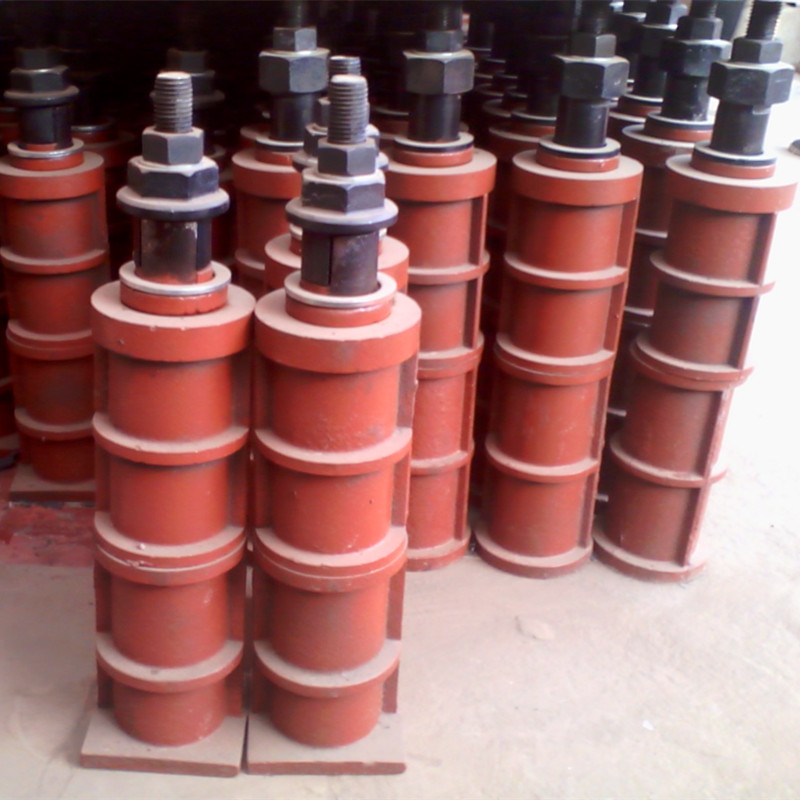Sep . 26, 2024 01:10 Back to list
water main check valve
Understanding Water Main Check Valves Importance and Functionality
Water main check valves are crucial components in municipal water distribution systems. These valves play a significant role in ensuring the integrity and functionality of water supply systems. They prevent the backflow of water, which can cause contamination, loss of water pressure, and damage to infrastructure. In this article, we will delve into the importance, functionality, and maintenance of water main check valves.
What is a Water Main Check Valve?
A water main check valve is a mechanical device installed in water mains to allow water to flow in one direction while preventing it from flowing backward. This is vital in preventing the reverse flow of contaminated water into the clean water supply. Check valves operate automatically, responding to changes in water pressure without the need for external control, making them instrumental in maintaining the purity of drinking water.
The Importance of Water Main Check Valves
1. Backflow Prevention One of the primary functions of check valves is to prevent backflow. Backflow can occur due to several reasons, such as pressure changes in the water mains, pipe leaks, or sudden demand changes. If backflow occurs, contaminated water from service lines or industrial discharges could infiltrate the clean water supply, posing serious health risks to the community.
2. Water Pressure Maintenance Check valves help maintain consistent water pressure throughout the distribution system. By preventing backflow, they ensure that water continues to flow in the intended direction, allowing for adequate and reliable water pressure at consumers' taps.
3. Infrastructure Protection Water main check valves also protect the infrastructure of water distribution systems. By preventing backflow, they reduce the risk of water hammer, a pressure surge that can damage pipes and fittings. This helps to prolong the lifespan of the water distribution system and reduce maintenance costs.
4. Compliance with Regulations Most municipalities have regulations requiring the installation of check valves in water distribution systems. These regulations are in place to ensure public health and safety, making compliance essential for water utility companies.
Types of Check Valves
There are several types of check valves used in water distribution systems, including
water main check valve

- Swing Check Valves These valves have a hinged disc that swings open to allow water flow and closes when flow reverses. They are commonly used in large-diameter pipes and are effective in preventing backflow.
- Lift Check Valves These valves feature a movable disk that lifts off a seat to allow water flow and drops back onto the seat to prevent backflow. They are often used in high-pressure applications.
- Dual-Plate Check Valves This type has two plates that open and close with water flow, offering a compact design ideal for tighter spaces. They are efficient and can handle varying flow conditions.
Maintenance of Water Main Check Valves
Regular maintenance is vital to ensure the longevity and effectiveness of check valves. The following steps can help maintain these essential devices
1. Routine Inspections Regular visual inspections can help identify any signs of wear, corrosion, or leakage. Early detection of problems can prevent more significant issues down the line.
2. Cleaning Sediment and debris can accumulate in check valves, potentially affecting their functionality. Periodic cleaning is essential to ensure they operate efficiently.
3. Replacement Depending on the material and operating conditions, check valves may require replacement after a certain period. Staying on top of this can prevent failures that could compromise the water supply.
4. Professional Evaluation Engaging professionals for periodic evaluations ensures that the system operates efficiently. They can conduct more thorough checks and replace or repair any faulty components as needed.
Conclusion
Water main check valves are a vital component of any municipal water supply system. They play an essential role in ensuring safe drinking water, maintaining water pressure, and protecting infrastructure. Understanding their importance, types, and maintenance requirements is crucial for both water utility professionals and the communities they serve. By prioritizing these valves' care and efficiency, we can safeguard our water systems and public health for years to come.
-
Why Metric Trapezoidal Thread is Ideal for Precision Motion ControlNewsAug.05,2025
-
The Unique Properties of a Block of Granite for Industrial UseNewsAug.05,2025
-
The Role of Flanged Y Strainers in Preventing Pipeline ClogsNewsAug.05,2025
-
The Importance of Regular Calibration for Master Ring GagesNewsAug.05,2025
-
How a Cast Iron Surface Table Enhances Accuracy in ManufacturingNewsAug.05,2025
-
Comparing Different Check Valve Types for Optimal Flow ControlNewsAug.05,2025
Related PRODUCTS









